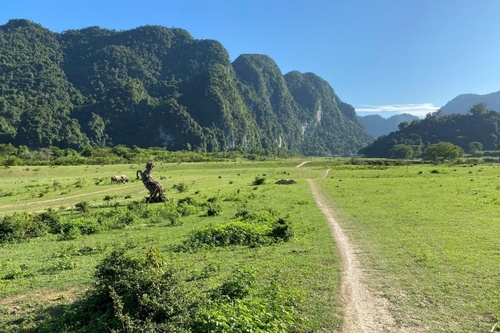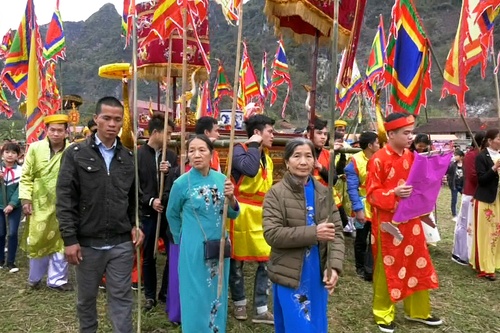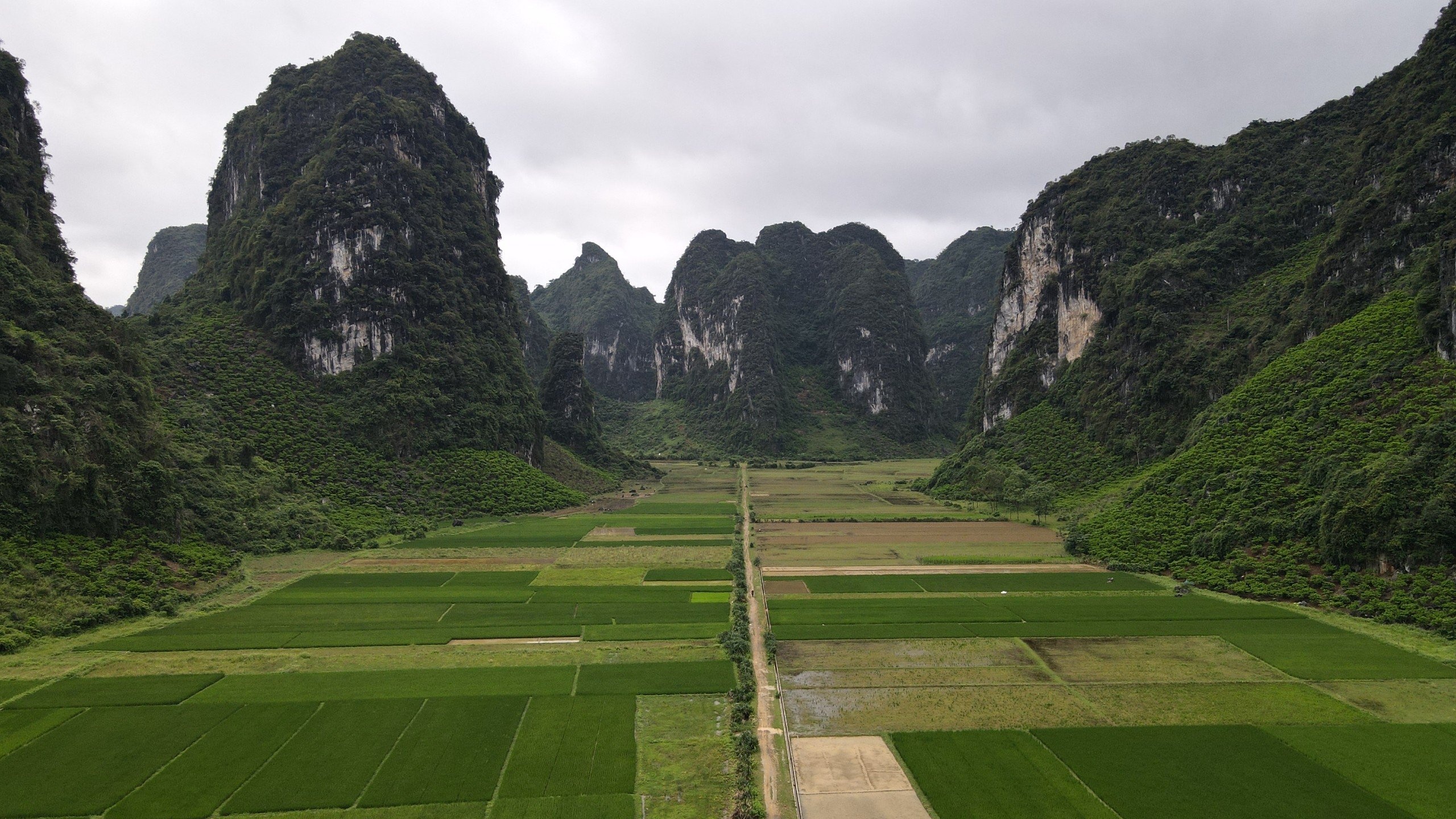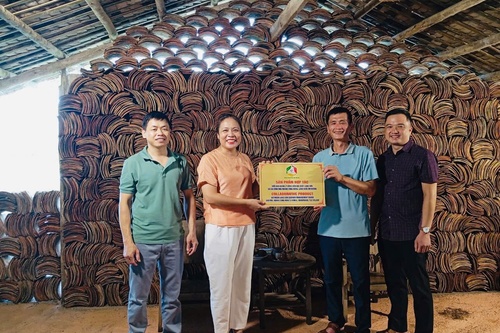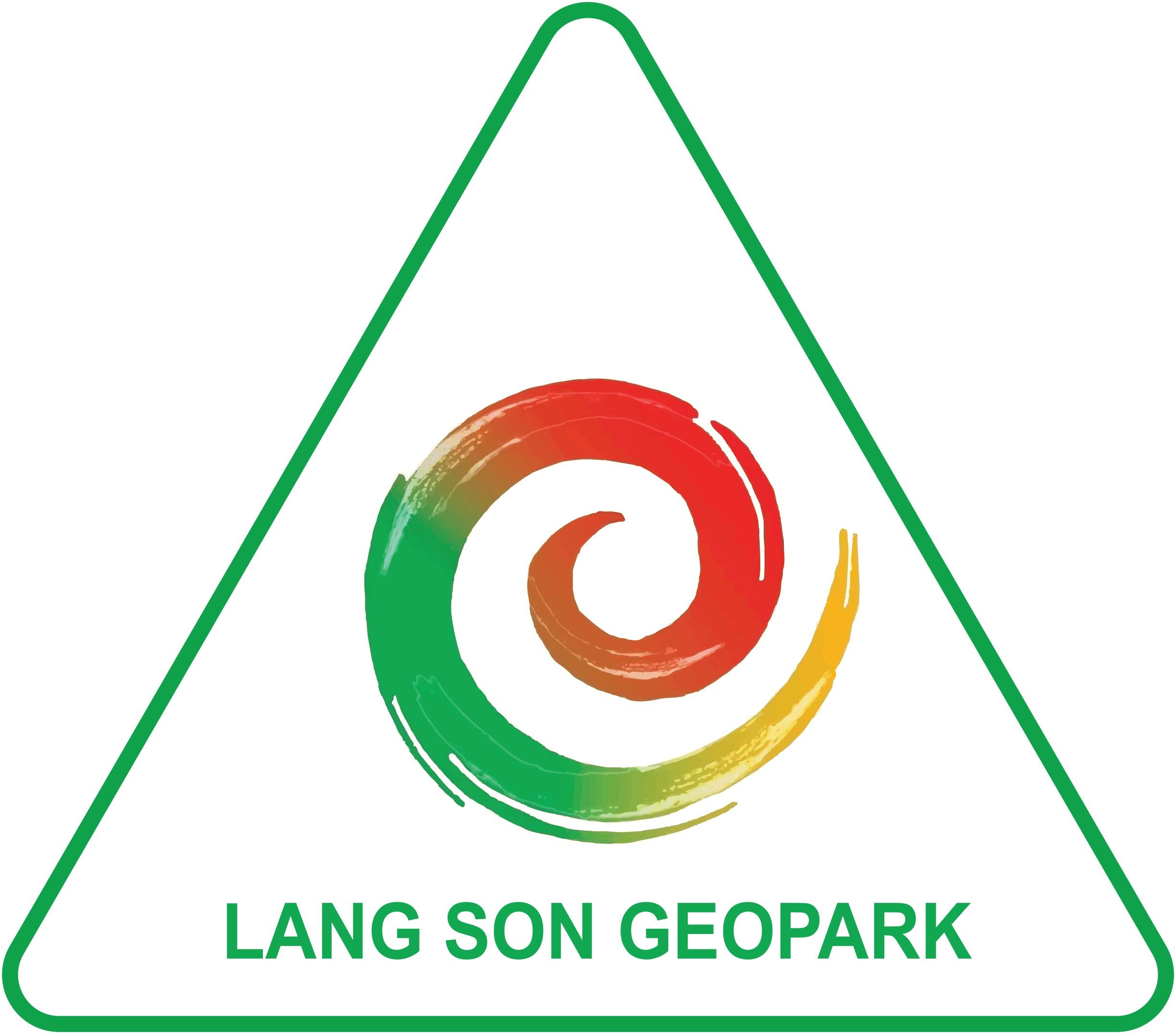A UNESCO Global Geopark
According to UNESCO, “UNESCO Global Geoparks are described as unified, single geographical areas with landscapes and sites of international geological significance that are managed and protected appropriately, comprehensively based on the basis of education and sustainable development”. The UNESCO Global Geopark uses its geological heritage in conjunction with all other aspects of the area's natural and cultural heritages to raise awareness and understanding of the key issues facing society such as sustainable use of the earth's resources, mitigation of climate change effects and reduction of natural disasters impacts by raising awareness of the importance of the region's geological heritage, the UNESCO Global Geopark provides locals with pride and connection to the region. The creation of innovative local businesses, new jobs and high-quality training courses is stimulated when new sources of income are created through geotourism while the region’s geological resources are protected.
The UNESCO Global Geoparks recognition program officially began in 2004 following the 1st International Geoparks Conference in Beijing, China. Now, there are 177 Global Geoparks in 46 countries being recognized.
There are three levels of Geoparks, including Local, National and Global Geoparks. The third level is achieved when the National Geopark applies to UNESCO to join the global network. If successful, it will become a UNESCO Global Geopark. Once recognized as a Global Geopark, it can join a regional network such as the Asia Pacific Geoparks network (APGN) or the European Geoparks Network (EGN). The UNESCO Global Geopark is designated for four years, after that it will be re-evaluated to make sure the performance and quality of each Geopark by UNESCO
Pham Huong
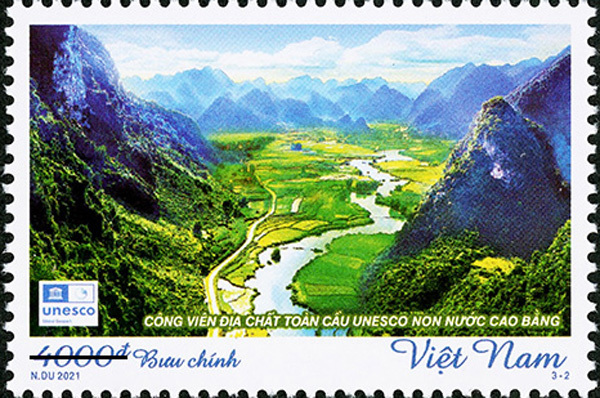
Công viên Địa chất Toàn cầu UNESCO Non nước Cao Bằng

